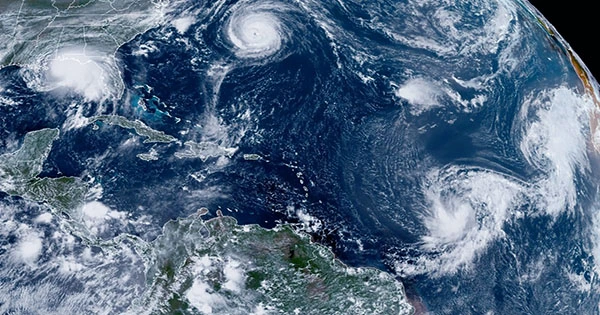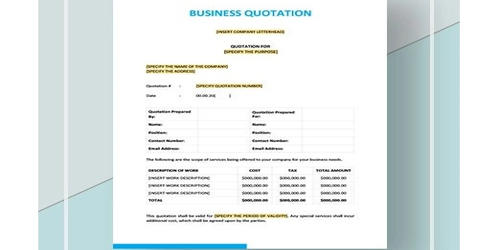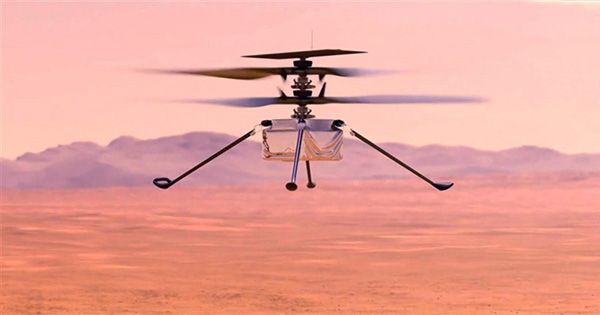Researchers have developed a new method for assessing the effects of ozone-destroying substances that threaten the recovery of the ozone layer. Their method, the Integrated Ozone Depletion (IOD) metric, was published in the journal Nature and serves as a useful tool for policymakers and scientists.
The IOD was created to provide a simple method for measuring the effects of unregulated ozone-depleting substance emissions and evaluating the effectiveness of ozone layer protection measures.
The ozone layer is found in the stratosphere of the earth’s atmosphere and serves as an important protection barrier against the majority of the sun’s harmful ultraviolet rays. Ozone-depleting gases, such as chlorofluorocarbons, or CFCs, have been phased out under the Montreal Protocol, an international agreement to protect the ozone layer.
The Montreal Protocol has been mostly successful, but illegal violations are jeopardizing its effectiveness. The IOD assesses the impact of new emissions on the ozone layer by taking three factors into account: the strength of the emission, how long it will remain in the atmosphere, and how much ozone it chemically destroys.
We developed the IOD metric using the UKCA model, which will allow us to estimate the impact of any new illegal or unregulated emissions on the ozone layer. We can run experiments in the UKCA model with various types and concentrations of CFCs and other ozone depleting substances. We can forecast how chemicals in the atmosphere will change in the future and assess the ozone layer’s impact over the next century.
Dr. Luke Abraham
For environmental protection and human health policies, the IOD represents a simple means of calculating the impact of any given emission scenario on ozone recovery. This new metric has been developed by researchers at the National Centre for Atmospheric Science at the University of Cambridge and the National Centre for Earth Observation at the University of Leeds.
Professor John Pyle, from the National Centre for Atmospheric Science and the University of Cambridge, has dedicated his career to studying the depletion of ozone in the stratosphere and helping develop the Montreal Protocol. He is lead author of the current Nature paper.

“Following the Montreal Protocol, we are now in a new phase – assessing the recovery of the ozone layer,” said Pyle, from Cambridge’s Yusuf Hamied Department of Chemistry. “This new phase calls for new metrics, like the Integrated Ozone Depletion – which we refer to as the IOD. Our new metric can measure the impact of emissions – regardless of their size. Using an atmospheric chemistry computer model, we have been able to demonstrate a simple linear relationship between the IOD, the size of the emissions and the chemical lifetimes. So, with knowledge of the lifetimes, it is a simple matter to calculate the IOD, making this an excellent metric both for science and policy.”
The Montreal Protocol is successfully protecting the ozone layer, but there is mounting evidence that the ozone hole is recovering at a slower rate than expected.
“The IOD will be very useful for monitoring ozone recovery, especially for regulators who need to phase out substances that have the potential to chemically destroy ozone,” Pyle said.
The IOD metric was developed using the UK Chemistry and Aerosols model, a computer model of the atmosphere (UKCA). The UKCA model was developed by the National Centre for Atmospheric Science and the Met Office to calculate future projections of important chemicals such as ozone in the stratosphere.
“We developed the IOD metric using the UKCA model, which will allow us to estimate the impact of any new illegal or unregulated emissions on the ozone layer. We can run experiments in the UKCA model with various types and concentrations of CFCs and other ozone depleting substances” Dr. Luke Abraham, a co-author from the University of Cambridge, agreed. “We can forecast how chemicals in the atmosphere will change in the future and assess the ozone layer’s impact over the next century.”
















